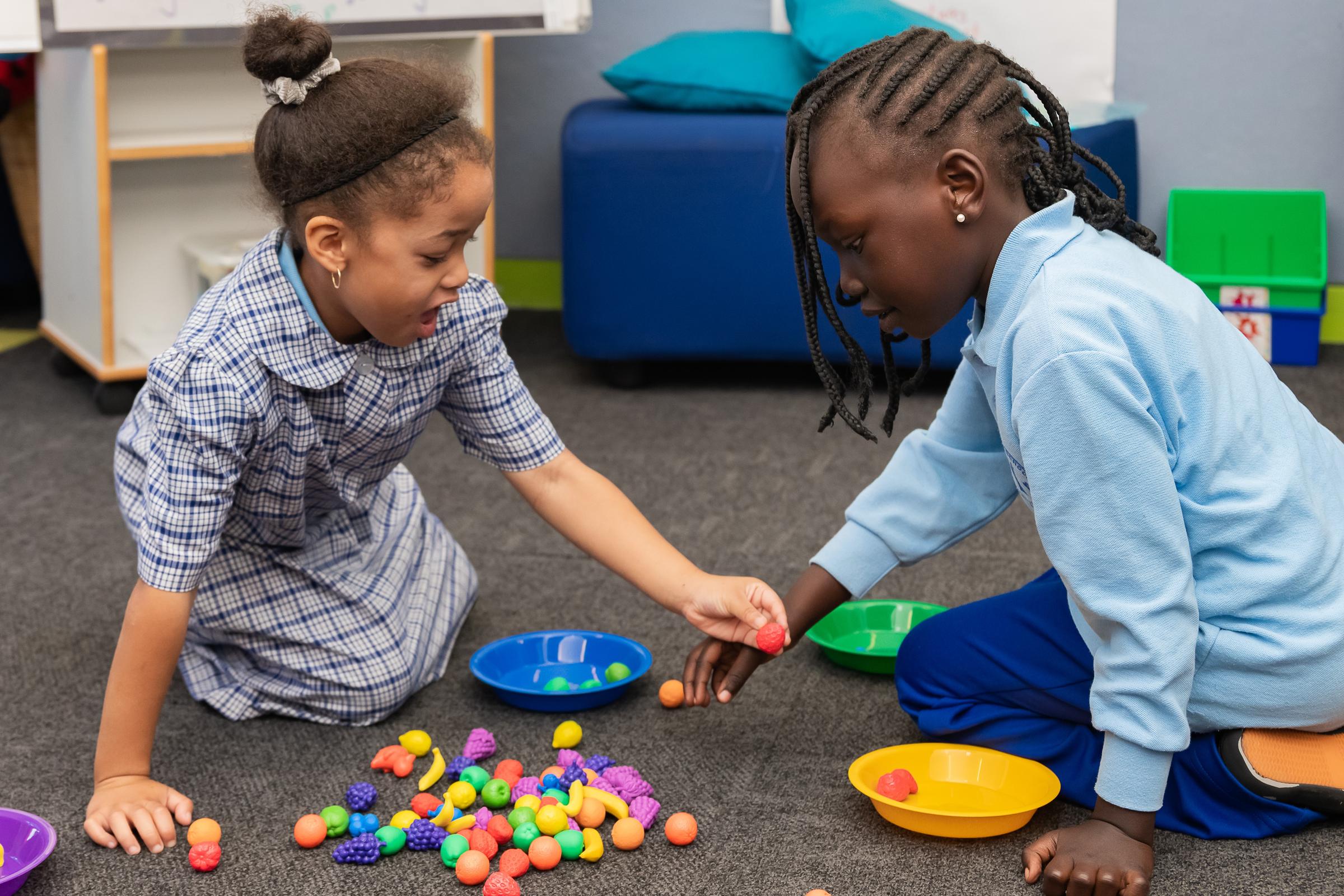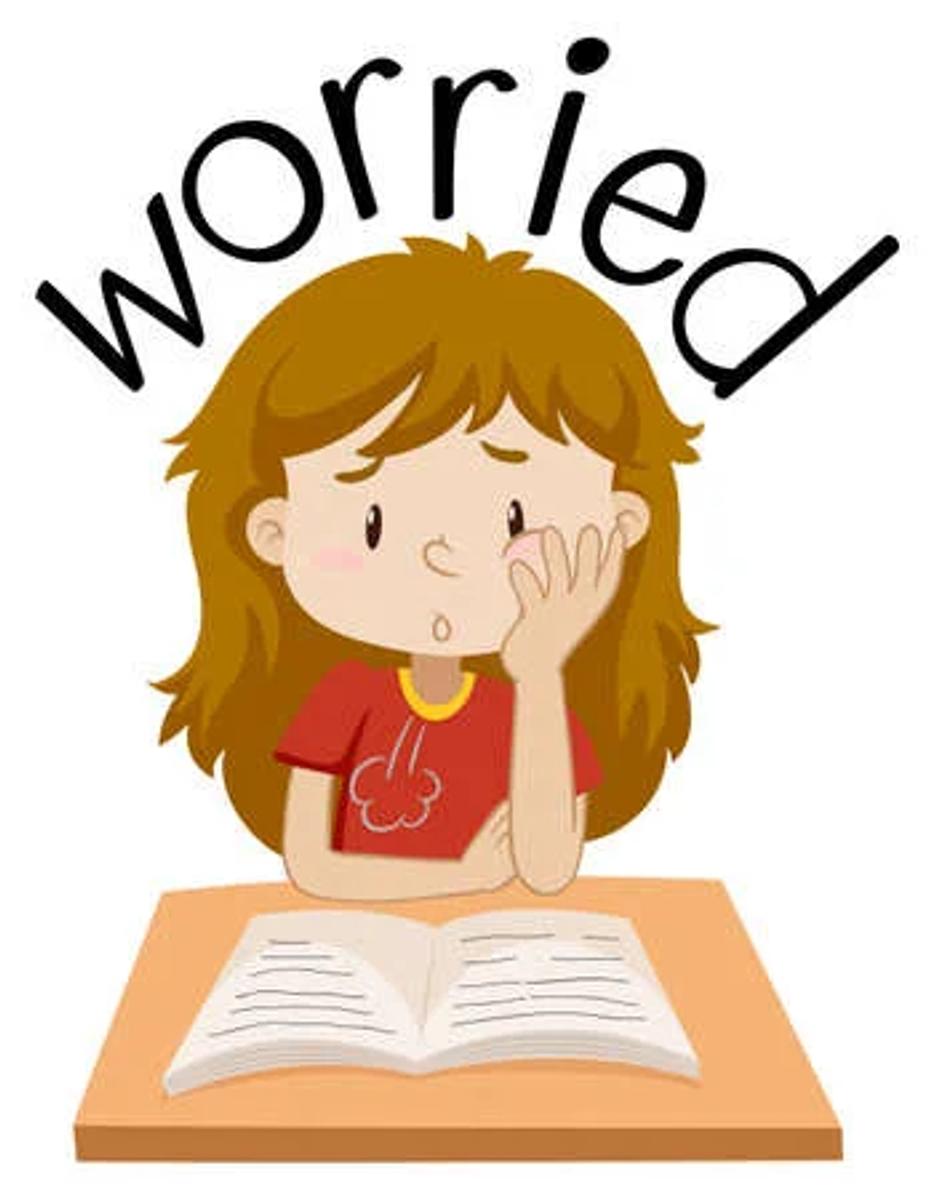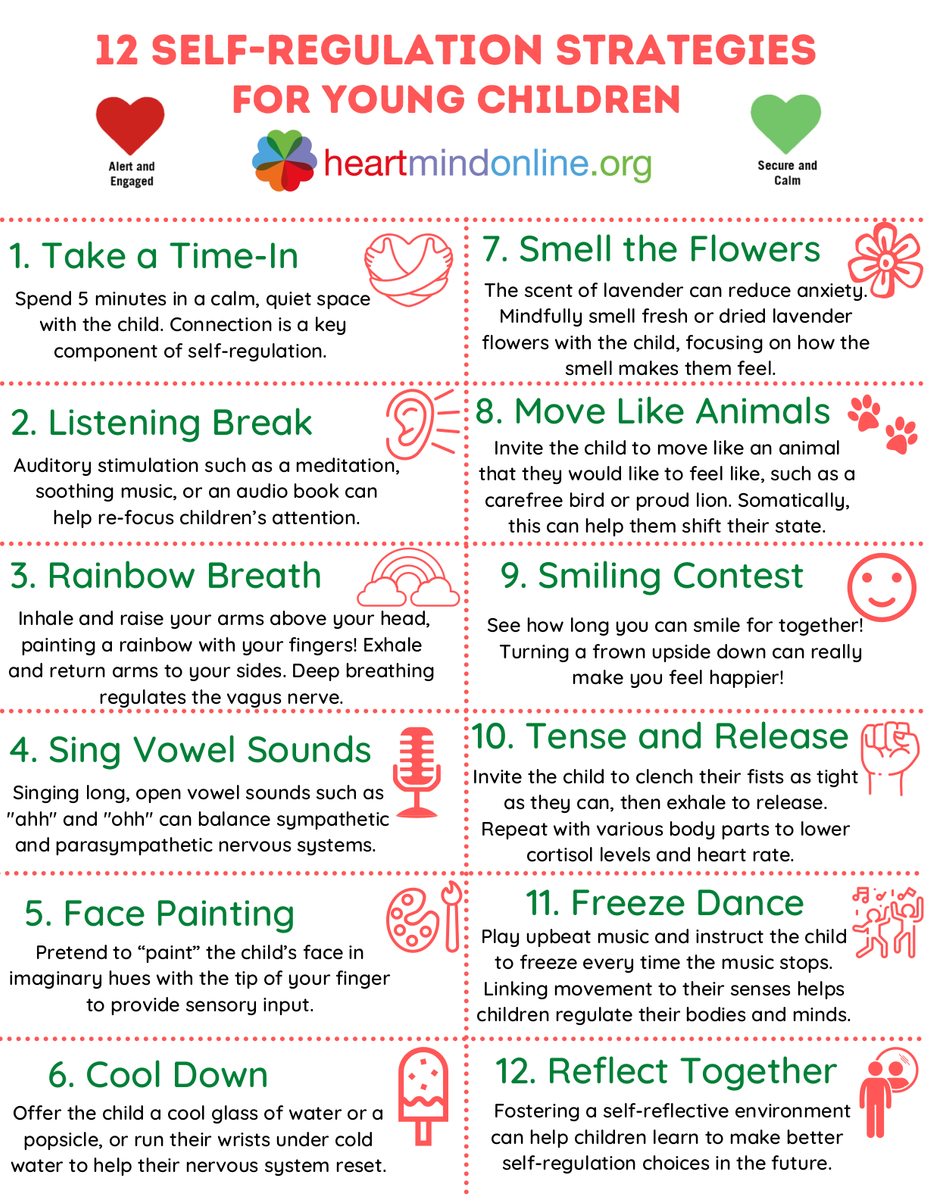Wellbeing
Self-Regulation

Wellbeing
Self-Regulation
As part of the Stop component in the Stop, Think, Do program, children are learning about self-regulation. Parents and caregivers can help children manage challenging feelings by strengthening their ability to recognise and name their emotions and supporting them to self-regulate.


If you have a preschooler or a child in the early years of primary school, you will notice that they are learning to recognise their feelings and exercise self-control. For many of them, you are still their co-regulators. That means they still need you to respond to their emotional cues, help them manage disruptive behaviours and model healthy ways to navigate big feelings.
Adults can use Daniel Siegel's "Name it to tame process," a 3-step recipe for self-regulation.






| 3-Step Recipe for Self-Regulation |
|---|
Step 1: Notice the feeling - Help the child tune into their body. Ask questions like What is going on in your body right now? How does your tummy feel? How does your throat feel? Do your muscles feel tight or relaxed? Is your heart beating quickly? Are your eyes making tears?
|
Step 2: Name the feeling – Invite the child to name how they feel. Affirm their answer ("yes, I can see from your tears that you're feeling sad right now"). Help them to build their emotional vocabulary and awareness ("I bet you might be feeling disappointed too, I know you wanted to keep playing at the park").
|
Step 3: Respond to the feeling – This is when the dance of co-regulation begins. Considering the child's present state, temperament, and preferences, engage them in a brief activity to boost self-regulation. (See the grid below for some ideas)
|


Below are two clips. The first is useful if you have older children, while the second one demonstrates how Cookie Monster uses self-regulation when it is needed and is more suitable for younger children.
Connie Drossaert
Wellbeing Leader